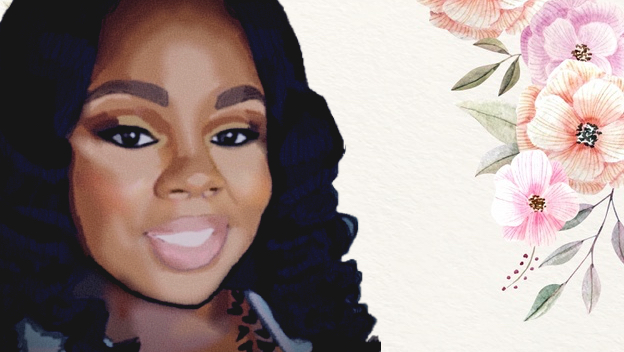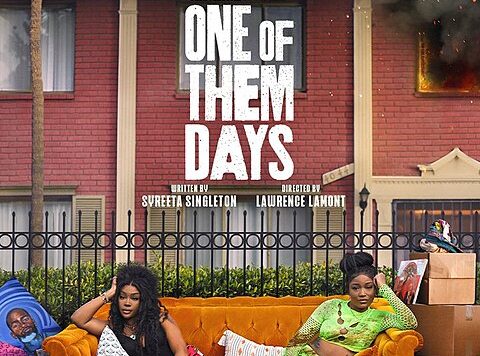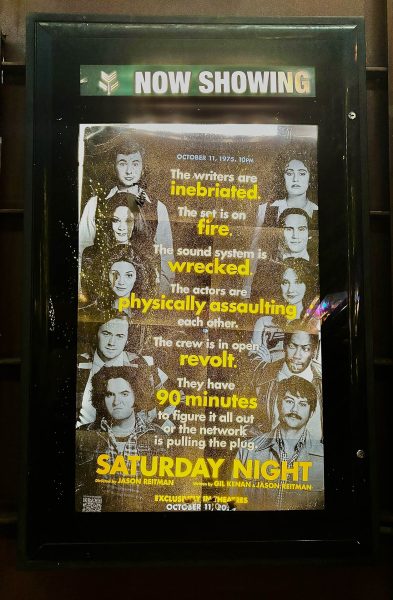Breonna Taylor documentary sheds new light on her killing
Taylor was killed in her own home by Louisville Police on March 13. Currently, only one officer, Brett Hankinson, has been fired.
The latest episode of documentary series, “The New York Times Presents,” showcases the story surrounding the death of Breonna Taylor, a 26-year-old EMT and aspiring nurse whose name has been heard in cries for justice across the country after Louisville police officers shot and killed her in her apartment.
“The New York Times Presents: The Killing of Breonna Taylor” begins with an audio clip of the 911 call Taylor’s boyfriend, Kenneth Walker, made the night Taylor was shot in her home by Louisville police. This opening reminds viewers that her death was tragic, as we hear the desperation in his voice as he describes the scene and asks for help.
“I don’t know what’s happening,” Walker says on the call. “Somebody kicked in the door and shot my girlfriend.”
Police were at Taylor’s home that night with a warrant to search her apartment, on the suspicion that she had been helping her ex-boyfriend, Jamarcus Glover, hide drugs. The warrant began as a no-knock warrant, meaning that the officers are legally permitted to knock down the door with a battering ram. These types of warrants are intended to catch suspects of drug-related crimes off guard.
However, the warrant had been changed to a knock and announce warrant before the officers arrived, meaning the officers had to announce who they were before entering. Due to the lack of body cameras, there is no certainty that the officers announced who they were at the scene, which led to Walker firing out a shot in fear of an intruder. Sgt. Jonathon Mattingly was struck in his thigh, and the officers then proceeded to shoot into the apartment, eventually killing Taylor.
Director and producer Yoruba Richen introduces viewers to who Taylor was as a person, outside of her tragic story, and the hashtags she’s become.
“I just loved who she was,” Taylor’s cousin Katrina Curry says. “She always had a problem-solver attitude. It never mattered how big the problem was, she knew that she could solve it.”
Richen uses interviews with the family of Taylor, witnesses and public officials, phone calls and police records to lay out a framework to investigate what really happened on March 13.
Many viewers will find that actually watching a documentary on the case makes it easier to process the information of the case and its emotional consequences. Interviews with Taylor’s friends and family help tell the story of who Taylor was and the hurt that has been caused by her killing. Her name has been used over and over again in posts online to call for action against police brutality and has quickly become a meme. It seems many people have forgotten Taylor was a person as they use her for a caption for their Instagram posts or for a joke on Twitter.
Critics argue that the single episode can’t do Taylor’s story justice, but the easy-to-follow documentary format can actually reach a broader audience and show how important this case is in the conversation about race and police brutality in the United States. Documentaries can create change, and while Hulu, FX or The New York Times themselves can’t arrest and charge Taylor’s killers, they can bring to light what Taylor ultimately was a victim of that night.
“The New York Times Presents: The Killing of Breonna Taylor” is streaming now on Hulu.

Hi y'all! My name is Elle. I am majoring in Communication with double minors in Spanish and Journalism. I have wanted to be a writer ever since I was a...











